There’s a Reason Your Rice Cooker Came With a Paddle- Here’s How To Use It
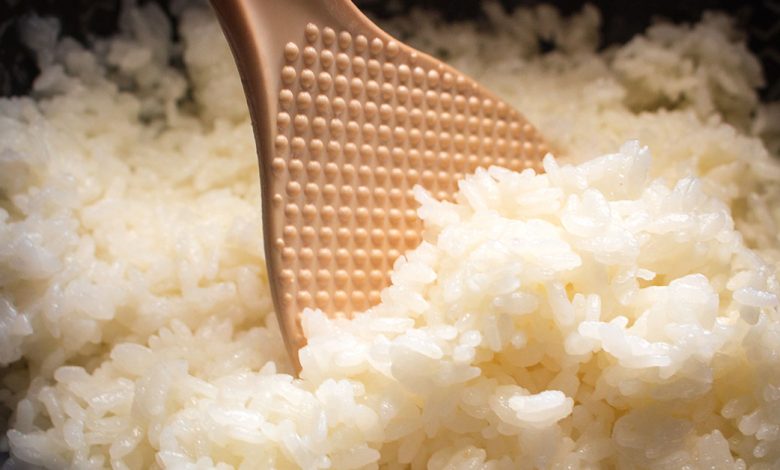
It might seem like a small, simple addition, but that flat, often plastic or wooden tool you find nestled inside a brand-new rice cooker serves a very specific and important purpose. This is your rice paddle, and in Japan, where it’s a common and essential kitchen item, it’s known as a “shamoji.” Instead of tossing it in with your other less-used kitchen gadgets, it’s best to keep it right alongside your rice cooker. Doing so will not only help keep your appliance in good shape but can also significantly improve the texture of your cooked rice.
ADVERTISEMENT
Why the Rice Paddle is Important
ADVERTISEMENT
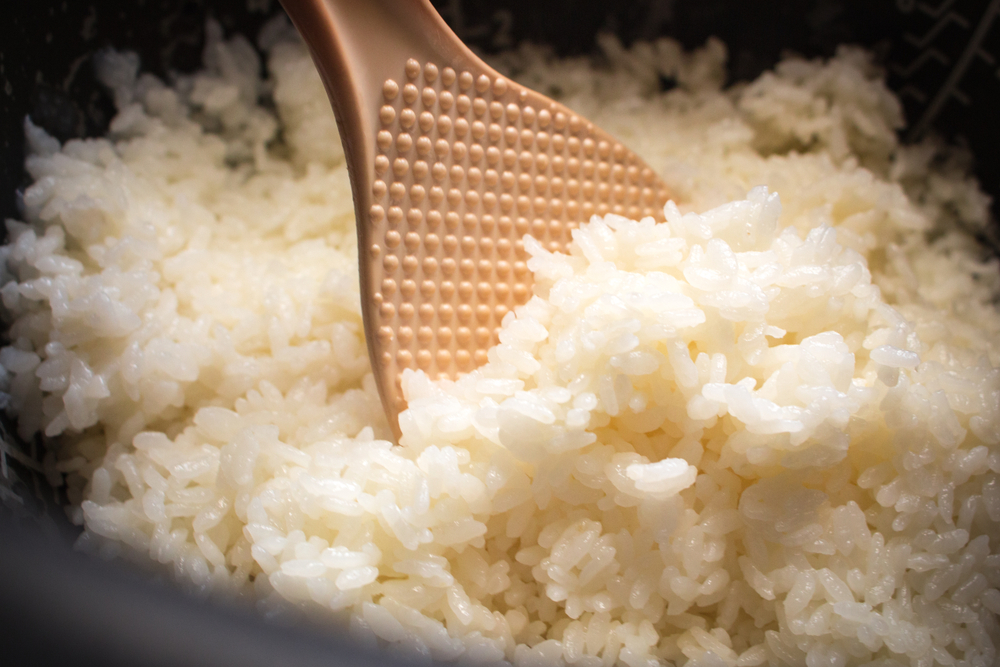
ADVERTISEMENT
Rice cookers typically feature a special nonstick coating on the inside of their cooking bowls. This coating is designed to prevent rice from sticking and burning. However, this delicate surface can be easily damaged by using the wrong kind of utensils. Metal spoons, forks, and other hard tools can scratch and scrape this coating, causing it to peel away and lose its effectiveness over time. To prevent this, rice cooker manufacturers include a rice paddle, usually made of plastic or wood, which is gentle and safe to use with the appliance’s nonstick surface.
But the rice paddle isn’t just about protecting your rice cooker. It’s also specifically designed to handle cooked rice in a way that maintains its desirable fluffy texture. Its wide, flat shape and smooth surface allow you to stir, scoop, and serve rice without crushing or mashing the individual grains.
One key step in using a rice cooker effectively is to stir the rice once the cooking cycle has finished. This helps to release any extra moisture that might be trapped in the rice and ensures a more consistent texture throughout the entire batch. The rice paddle is the perfect tool for this job, allowing you to gently fluff the rice and separate the grains without making them sticky or clumpy. Furthermore, if you enjoy making sushi at home, the rice paddle is incredibly useful for gently mixing vinegar into the cooked rice without damaging the grains.
Is a Rice Cooker a Good Investment?
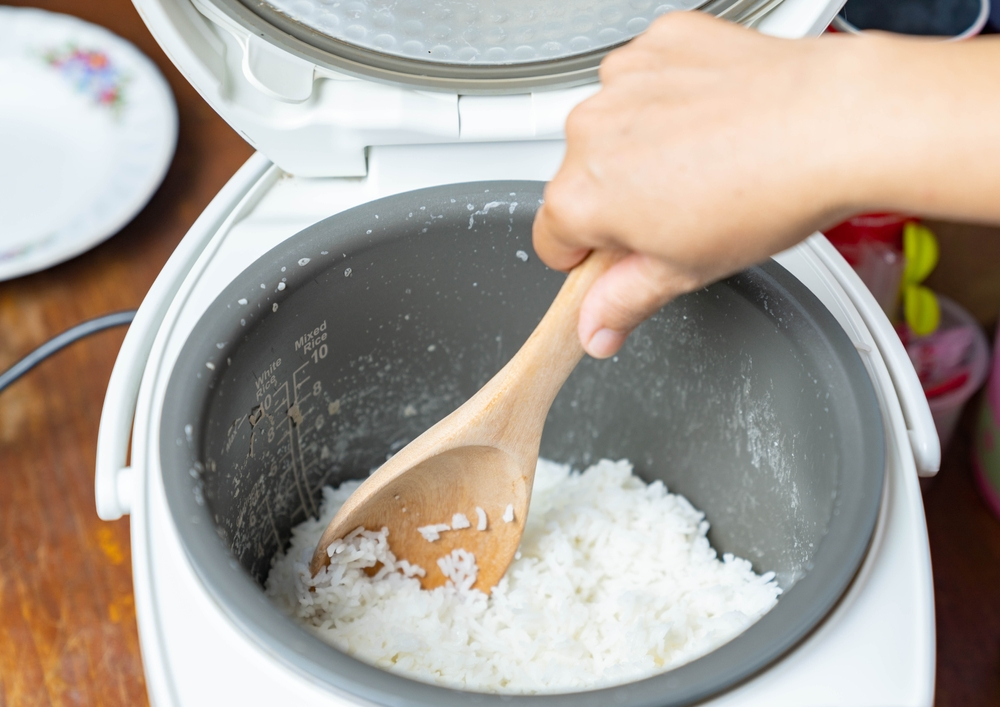
Beyond the handy paddle, a rice cooker can be a real game-changer, especially if you cook rice frequently or if you’ve struggled to achieve perfectly cooked rice on the stovetop. The basic cooking process is straightforward: the inner bowl heats the water to a boil, and then the cooker automatically reduces the heat or turns off once the rice is cooked. Most rice cookers come with a helpful guide that tells you exactly how much water to use depending on the type and amount of rice you’re cooking, making the whole process very reliable.
According to Dale Talde, a chef and owner of Goosefeather, “I love [a rice cooker] because it takes all the guesswork out of making perfect rice. It’s a must-have appliance because even if you happen to put in too much water or not enough, it adjusts to help make perfect rice.” This highlights the convenience and consistency that a rice cooker can offer.
But the versatility of some rice cookers extends beyond just cooking rice. Many models can also be used to cook other dishes like curries and stews. In fact, some even have specific settings designed for these types of meals. Additionally, features like quick-cook and delay start options allow you to plan your meals ahead of time or prepare rice quickly when needed.
Don’t Forget to Rinse Your Rice!
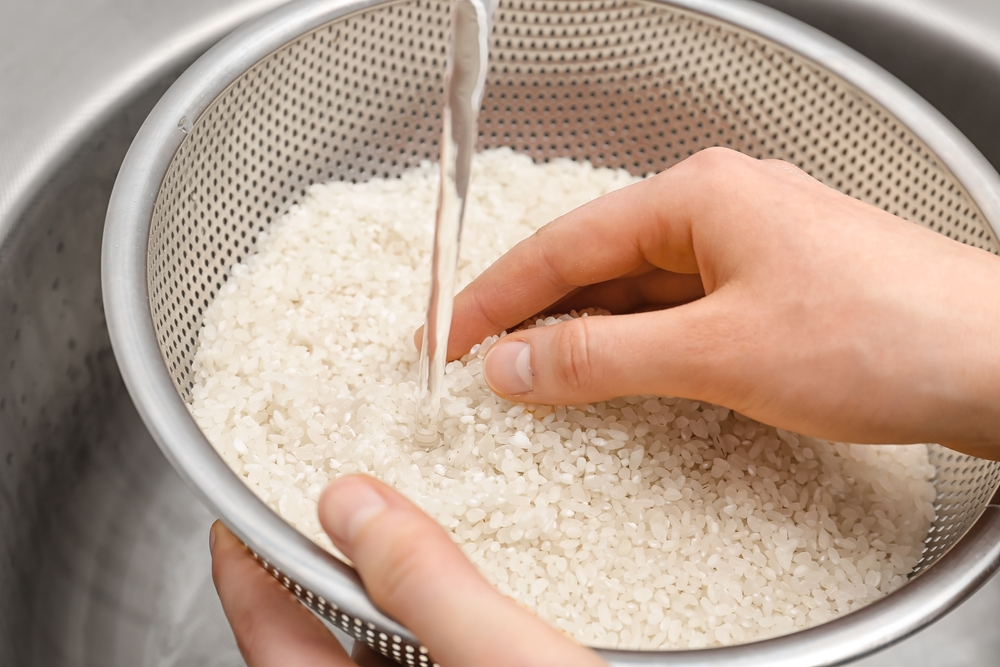
Regardless of whether you use a rice cooker or cook rice on the stove, one crucial step for making great rice is to always rinse the uncooked grains thoroughly. Keep rinsing until the water runs clear. This process helps to reduce the amount of arsenic that can be present in rice and also removes any dust, dirt particles, and bran. Min Kim Bryant, a market analyst at CR, explains, “I’ve seen how they collect rice in the paddies and how it’s processed in the factories. The same reason I wash my produce is why I wash my rice.”
For certain types of rice, such as wild rice, sushi rice, or brown rice, some cooking experts recommend soaking them in water for about half an hour before cooking. This can help to soften the grains and improve their final texture.
Cooking Rice on the Stovetop
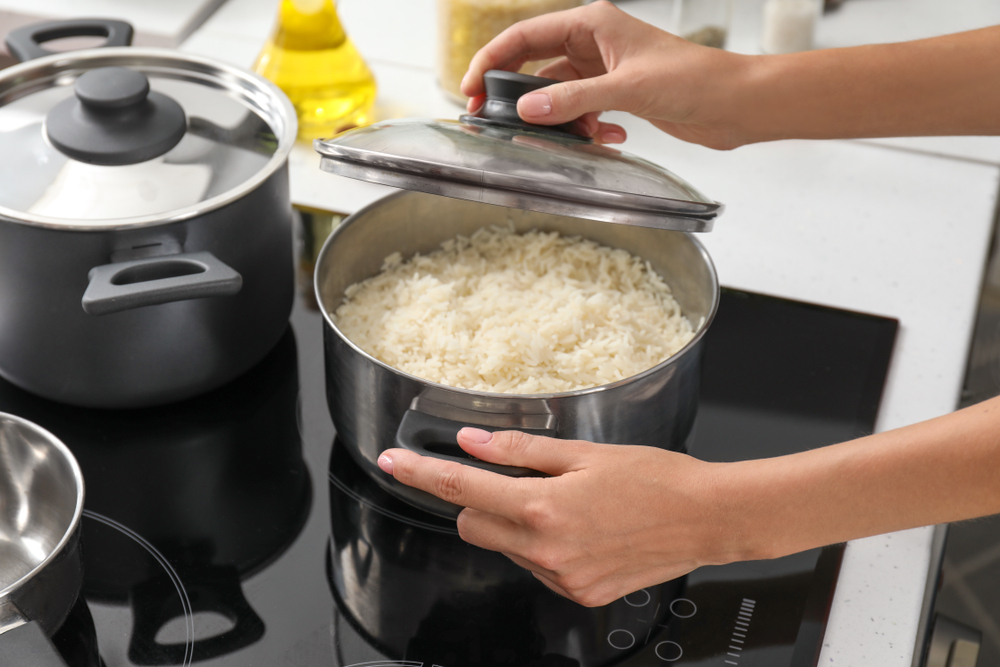
Even if you own a rice cooker, knowing how to cook rice on the stovetop is a valuable skill. Start by selecting a pot that is large enough for the rice to expand as it cooks. JJ Johnson, chef and owner of Fieldtrip, a restaurant in New York that focuses on rice, advises, “Many people cook rice in these itty-bitty teeny little pots and wonder why the bottom is overcooked, and the top is undercooked. It’s because the rice doesn’t have room to expand.”
Unlike using a rice cooker, cooking on the stove requires more precise water measurements. A general guideline for different types of rice is:
- 1½ cups of water for 1 cup of long-grain white rice
- 1¼ cups of water for 1 cup of sushi rice
- 2¼ cups of water for 1 cup of short-grain brown rice
Bring the rice and water to a boil over high heat. Once boiling, reduce the heat to low, cover the pot tightly with a lid, and let it simmer until all the water has been absorbed. For white rice, this usually takes about 20 minutes, while brown rice may take around 45 minutes. After the cooking time is up, remove the pot from the heat and let it stand, still covered, for another 10 minutes. Finally, fluff the rice with a fork or, even better, your trusty rice paddle.
More Tips for Cooking Delicious Rice
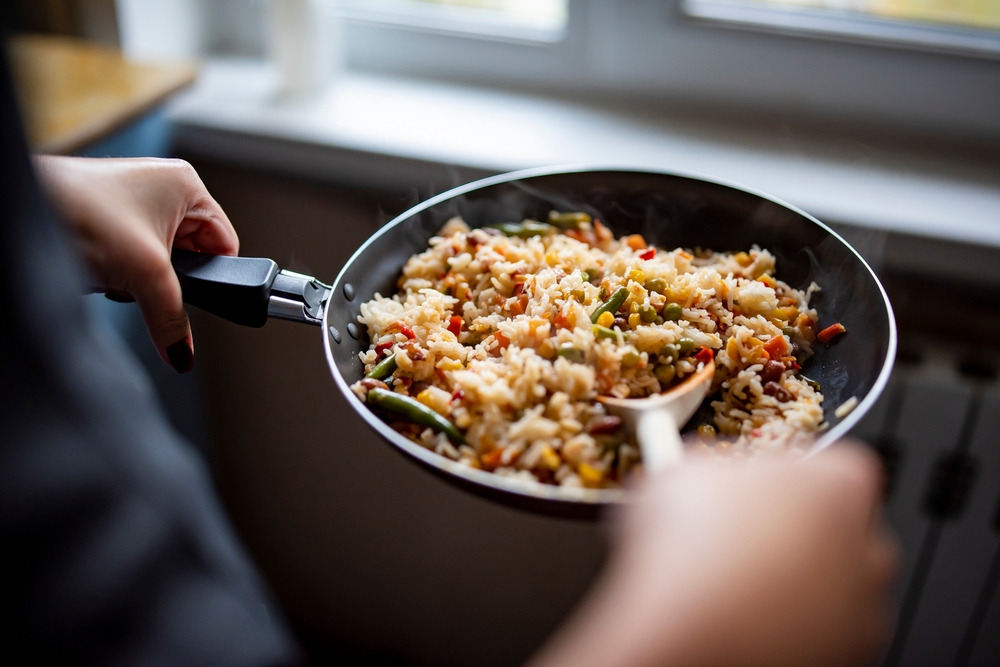
Here are a few extra tips to elevate your rice cooking:
- For added flavor, try cooking your rice in broth instead of water, or use a combination of water and coconut milk. You can also infuse the rice with aromatics by adding spices like saffron or turmeric to the pot.
- Resist the urge to stir the rice while it’s cooking. Stirring can release starch and make the rice sticky.
- When cooking rice on the stovetop, adding a small amount of oil to the pot can help prevent the grains from sticking together.
- Toasted rice can add a unique depth of flavor. After cooking stovetop rice, try adding a little oil to the same pan and sautéing the cooked rice briefly.
- Cooking a large batch of rice can be a time-saver. Simply divide the cooked rice into individual meal-sized portions and freeze them for later use. You can easily reheat frozen rice in the microwave with a tablespoon of water or in a saucepan with a splash of oil or water.
- Don’t let leftover rice go to waste! Day-old rice is fantastic for making rice pudding, adding bulk to soups or stews, or for preparing delicious fried rice dishes.




